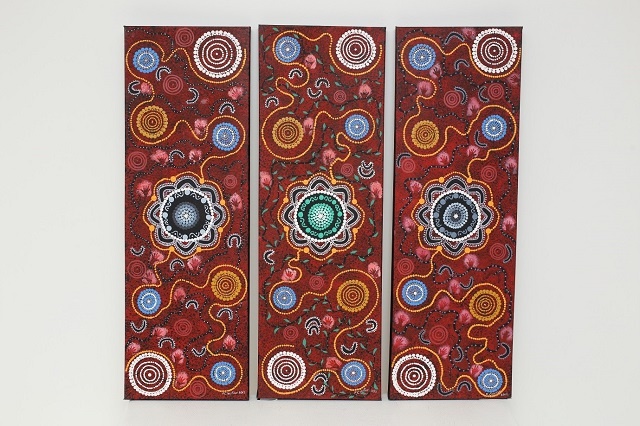Multisystemic Therapy for Child Abuse and Neglect (MST-CAN) commenced in priority locations across New South Wales in August 2017
We acknowledge and pay respect to the Traditional Custodians of the land upon which we work. We also pay respect to Elders past, present and future, and recognise the strength, resilience and capacity of Aboriginal people from this land.
To support the rollout of this model, Their Futures Matter has developed a brochure for families who are referred to the service. The brochure, which explains what families can expect from the service, was designed in consultation with non-government organisations who are delivering the service, and the Aboriginal Child, Family and Community Care State Secretariat (AbSec – the peak organisation representing Aboriginal community organisations in NSW).
Most importantly, feedback was sought from Aboriginal and non-Aboriginal families in relation to the design and content of the brochure.

Their Futures Matter hopes that through the development of support materials for the programs, families’ transition into the services can be eased by providing information on what they can expect from the service in an accessible, easy-to-understand and culturally relevant format.
Aboriginal artwork
What has made these brochures particularly noteworthy has been the artwork by Aboriginal artist Fay Clayton. Fay’s work has been critical in assisting with the development of a vibrant and distinct brochure design, while simultaneously making it more accessible to Aboriginal families.
Fay is a Wagga Wagga-based artist of the Wiradjuri nation and a member of the Stolen Generations. She is the second eldest of nine children, and one of six siblings who were forcibly removed by the NSW Government in 1957. Upon her removal from her family, Fay was sent to Cootamundra Aboriginal Girls School where she was trained to be a "domestic servant". Following her time there, she went to work on a number of farms, ultimately running away from all of them due to mistreatment.
Fay’s experiences are not uncommon among the Stolen Generations, but for her, they have provided fuel for her art. Her work draws on her childhood memories, making her paintings an exploration of the shared context of the Stolen Generations. Yet, while her art is often based on these painful experiences, it also creates a sense of hope, highlighting the importance of community and family bonds in the healing process.
The piece provided by Fay for the brochures is titled "Barraminya," a Wiradjuri word meaning "recover." The artwork comprises of three panels (see above). The two outer canvases consist of a grey circle in the centre, with the central artwork comprising a green one. Collectively, they represent the process of recovery—for communities, families and individuals—following the traumas of the Stolen Generations. The inner artwork with the green circle shows a community where children have returned. From the central piece, one can see trails leading outwards with leaves budding off them, invoking a sense of hope and renewal. These trails represent the journeys the children took, from good times to bad and back to good. Finally, the hands scattered throughout the pieces represent those of parents and children reaching out to one another.
Whilst Fay’s artwork draws from the experiences of the children and families of the Stolen Generations, its parallels with the goals and outcomes of services like MST-CAN are clear. Through MST-CAN, we are helping to rebuild families, allowing them to come together and grow, ultimately breaking free from the cycle of trauma and disadvantage.
Fay’s contribution of "Barraminya" has been an invaluable addition in helping tell the story of restoration and provide support in working to keep families together across NSW.


